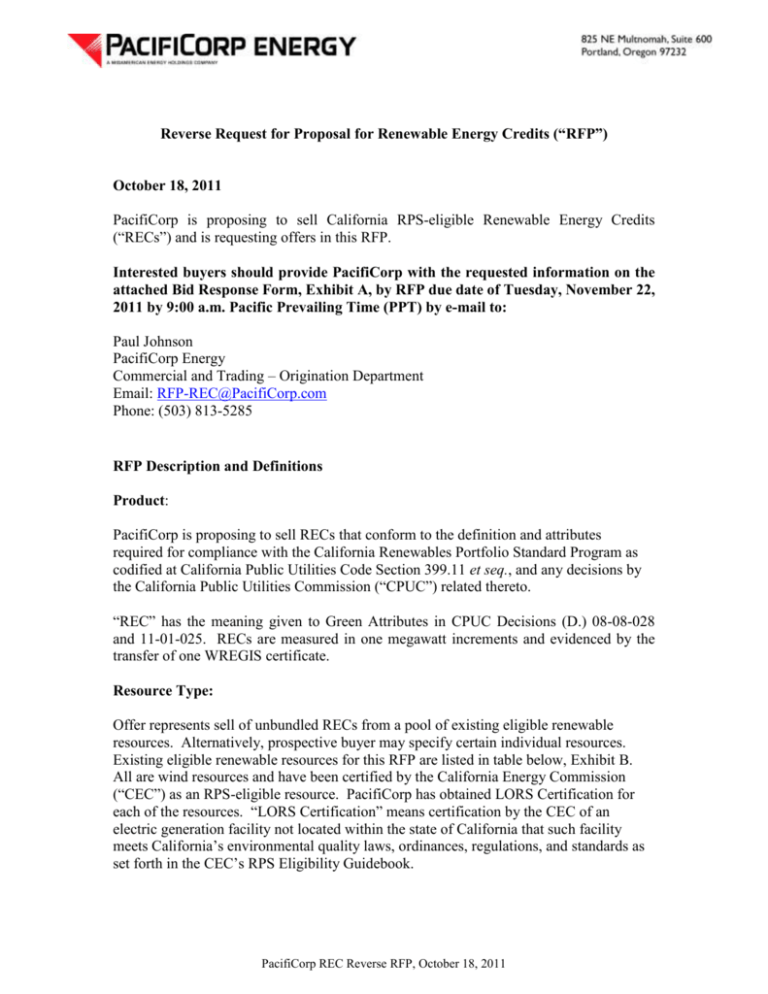
These plants may continue to use biomethane procured under contracts with sources specifically identified in the power plant's approved RPS certification application, subject to the following limitations: Power plants that are already certified retain their RPS eligibility.PDT on March 28, 2012, and will remain in effect until the CEC lifts the suspension. All provisions in the Guidebook that allow a power plant to be certified as RPS-eligible if the power plant uses biomethane to generate electricity were suspended.The CEC adopted the following conditions governing the suspension of the RPS eligibility guidelines for biomethane: The environmental attributes of the biomethane were conveyed to the power plant operator along with the gas itself, for purposes of electricity generation at the designated power plant. The plant operator entered into contracts for the purchase of biomethane and for the delivery of the biomethane with every pipeline or storage facility operator from the biomethane injection point to the extraction point. The volume of biomethane injected, its measured heat content and the volume of natural gas used at the designated power plant were required to be accurately metered to quantify the amount of RPS-eligible electricity produced by the power plant. The injection point was required to be on an interstate pipeline in the Western Electricity Coordinating Council region or connected to a pipeline that delivers gas into California or, if the RPS-certified facility is located outside California, to the facility. Before the CEC's suspension, biomethane was considered an RPS-eligible fuel if it was injected into a pipeline, extracted at a designated power plant and used to generate electricity.

The Guidebook defines biomethane as (1) biogas such as landfill gas, digester gas or gas derived from biomass that is (2) upgraded or otherwise conditioned so it can be transported to a power plant via the natural gas transportation pipeline system. In the CEC's Renewable Portfolio Standard Eligibility Guidebook (4th ed.), adopted in 2010 (the "Guidebook"), the CEC identified biomethane as a renewable resource and allowed power plants that use biomethane to generate electricity to be certified as RPS-eligible facilities. The CEC also voiced a lack of confidence in the reporting methods used to verify whether biomethane is delivered via pipeline to the designated RPS-certified plant and whether the RPS attributes of the biomethane are correctly allocated. SBX1-2 increased the California RPS to 33% and established a preference for electric power generation that provides more environmental benefits to the state by displacing in-state fossil fuel consumption, reducing air pollution within the state and helping the state meet its climate change goals by reducing emissions of greenhouse gases associated with electrical generation. as amended by Senate Bill X1-2 ("SBX1-2") in 2011.

#California 399.11 public utilities code code#
The suspension stems from the CEC's concern that biomethane injected into natural gas pipelines may not fulfill the mandate of California Public Utilities Code section 399.11, et seq. (d) Any barriers to, and policy recommendations for, achieving the renewables portfolio standard pursuant to the California Renewables Portfolio Standard Program (Article 16 (commencing with Section 399.11) of Chapter 2.3).On March 28, 2012, the California Energy Commission ("CEC") voted unanimously to suspend the Renewable Portfolio Standard ("RPS") eligibility guidelines for certification of power plants generating electricity using biomethane. (c) The projected ability of each electrical corporation to meet the renewables portfolio standard procurement requirements under the cost limitations in subdivision (d) of Section 399.15 and any recommendations for revisions of those cost limitations. Recommendations for improvements to expedite permitting and siting processes. (b) The status of permitting and siting eligible renewable energy resources and transmission facilities necessary to supply electricity generated to load, including the time taken to permit each eligible renewable energy resource and transmission line or upgrade, explanations of failures to meet permitting milestones, and The commission, in consultation with the Energy Commission, shall report to the Legislature by January 1 of every even-numbered year on all of the following: (a) The progress and status of procurement activities by each retail seller pursuant to the California Renewables Portfolio Standard Program (Article 16 (commencing with Section 399.11) of Chapter 2.3).


 0 kommentar(er)
0 kommentar(er)
